You probably don’t need us to tell you that the beauty industry is rife with myths and misconceptions. For example: Shaving will make your hair grow back darker (false). If you pluck a gray hair, three more will take its place (untrue). You get the picture.
Many of these are harmless misunderstandings, but when it comes to skin care, it’s important to sort out what’s real from what’s not. Forgoing shaving, for example, isn’t going to cause you harm, but rubbing lemon juice on your face to “brighten” your skin might.
To help you sort out what’s real from what’s not, we spoke with board-certified dermatologist and Harvard Medical School assistant professor Dr. Abigail Waldman, M.D., FAAD. Here, she shares the truth behind six common skin care myths and offers expert advice on building a routine that works for you.
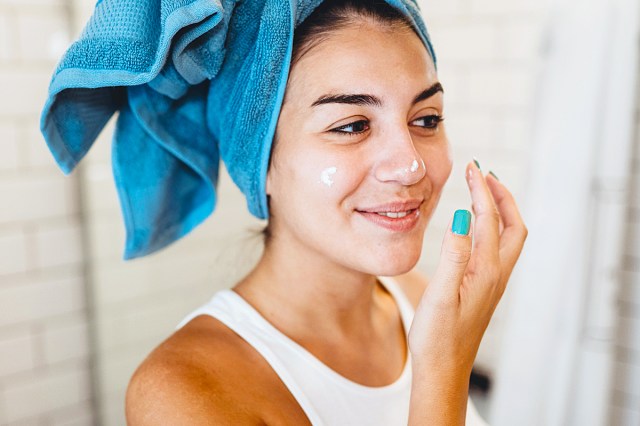
Myth No. 1: If You Have Oily Skin, You Can Skip Moisturizer
According to the National Institutes of Health, oily skin produces a higher-than-average amount of sebum, the skin’s natural moisturizer. Those with this skin type rarely feel dry, and as such, may be tempted to skip moisturizer under the assumption that they simply don’t need it. In reality, all skin needs moisture to look and feel its best.
If your skin isn’t adequately hydrated, Dr. Waldman says, “it can actually react by producing more oil.” This can, in turn, give the skin a greasy appearance or even lead to breakouts. Moisturizing consistently is especially important if you’re using products that contain active ingredients like retinoids or salicylic acid, she adds. These ingredients can be drying, and moisturizing helps offset any potential dryness or discomfort.
Generally, those with oily skin fare best with lightweight, water-based moisturizers that hydrate without feeling greasy or heavy. If you’re prone to breakouts, make sure the moisturizer you choose is labeled “noncomedogenic” — this means it’s unlikely to clog your pores.
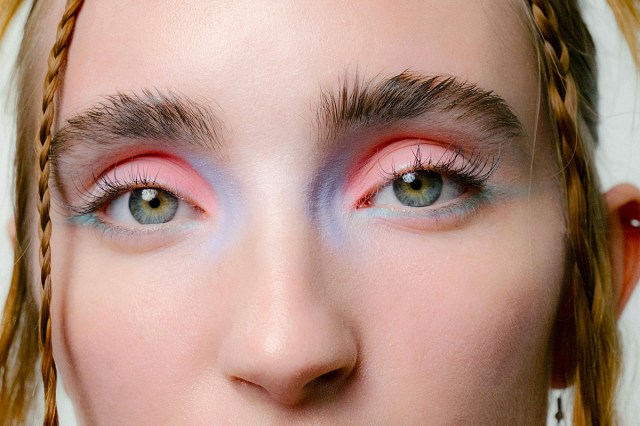
Myth No. 2: You Can Shrink Your Pores
The idea that certain skin care products or treatments could shrink your pores is appealing, but unfortunately, false. Pore size is genetic — no skin care products can change that. Certain ingredients can, however, “decrease the appearance of your pores,” Dr. Waldman says.
She explains that large, noticeable pores often result from a buildup of sebum. When exposed to air, this trapped sebum can oxidize (darken), making your pores appear more prominent. Using products with ingredients including salicylic acid, retinol, and even sulfur can help “remove some of that debris,” Dr. Waldman says, which can in turn make your pores less noticeable.

Myth No. 3: It’s OK To Skip Sunscreen If You Have Melanated Skin
Those with darker skin tones may not burn easily, but that’s not a green light to skip the SPF. Dark skin “is still susceptible to the risks of sun exposure, including signs of aging,” Dr. Waldman says. In fact, one of the most common concerns for those with darker skin is hyperpigmentation — something that proper sun protection can help defend against.
And while “the risk of skin cancer [for darker skin] is lower” than for those with fairer skin tones, it’s “not zero,” she says. Regular sunscreen usage can help reduce the risk of skin cancer. We suggest following the guidelines of the United States Food and Drug Administration (FDA) and wearing a broad-spectrum sunscreen with an SPF of at least 15 every day, rain or shine. It’s also a good idea to follow other sun protection measures, like avoiding direct sunlight at midday and sticking to shady areas when possible.
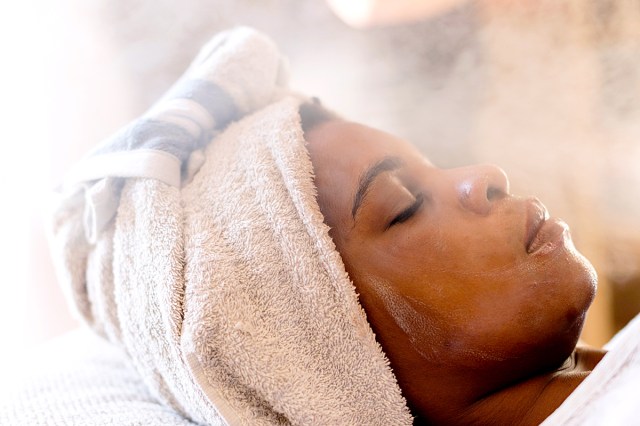
Myth No. 4: Steam Opens Your Pores
Whether you’re doing a DIY facial or treating yourself to a spa treatment, chances are good that steam therapy will be part of the process. Many believe that steaming your face can open your pores and help your skin care products penetrate your skin more effectively. While this isn’t exactly true — pores, Dr. Waldman says, don’t open and shut — the practice isn’t without merit.
Steaming your face, she explains, can “relax the pore,” which may “allow for [products] to get in a little bit easier.” If you have clogged pores, steaming may also help loosen the trapped debris and make it easier to extract, per the Cleveland Clinic.
Keep in mind that if you are going to steam your face, it’s important to do so properly to avoid irritating your skin. The Cleveland Clinic recommends steaming your face for no more than 10 minutes at a time and exercising caution if you have sensitive or easily irritated skin. Most importantly, don’t assume hotter is better — with ultra-high temps, you run the risk of burning your skin.
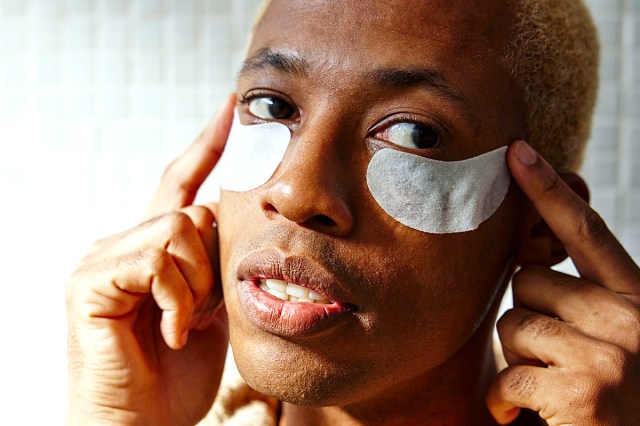
Myth No. 5: You Have Dark Circles Because You’re Tired
If you’ve ever faced the mirror after a long night of tossing and turning, only to be greeted by dark under-eye circles, you’re not alone. And while Dr. Waldman says some dark circles can be exacerbated by sleep deprivation, that’s not always the case.
“The underlying cause of dark circles can be twofold,” she says. The first is having visible blood vessels beneath your eyes. The skin here is exceptionally thin, and a range of factors, from having a pale complexion to not getting enough shut-eye, may make those vessels more noticeable. “The other cause of under-eye circles is actual pigmentation on the skin,” Dr. Waldman says, and sleep — or a lack thereof — “isn’t really going to affect that.”
You can determine whether your dark circles are due to visible blood vessels or hyperpigmentation by gently lifting the skin beneath your eye. If the darkness disappears once the skin is lifted, your blood vessels are probably to blame. But if the area still appears discolored, Dr. Waldman says, it’s likely your dark circles are due to hyperpigmentation. A board-certified dermatologist can help you determine the underlying cause of your dark circles and recommend a routine to help reduce their appearance.
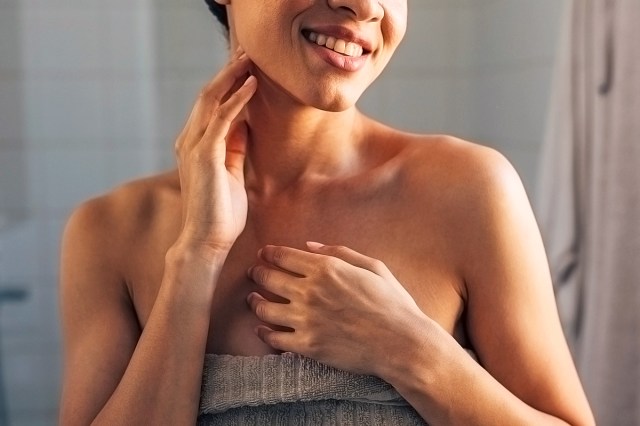
Myth No. 6: Greasy Foods Cause Breakouts
As a teenager, you may have been told that your favorite greasy foods — like doughnuts or fries — were to blame for your stubborn breakouts. While this is not entirely true, Dr. Waldman says that “there is some good data to support dairy resulting in acne, as well as high-glycemic index foods.” It’s not the greasiness or fat content of these foods that’s to blame for breakouts, however, but rather how they affect your blood sugar.
According to the American Academy of Dermatology, high-glycemic foods cause a spike in blood sugar, which then triggers inflammation throughout your body. This inflammation, in turn, leads to excess sebum production, which can clog pores and cause breakouts. So if you’re struggling with breakouts, it may be a good idea to limit your intake of sugary foods and simple carbs to see if it makes an improvement in your skin.
This article is for general informational purposes only.
Affiliate Disclaimer Medical Disclaimer



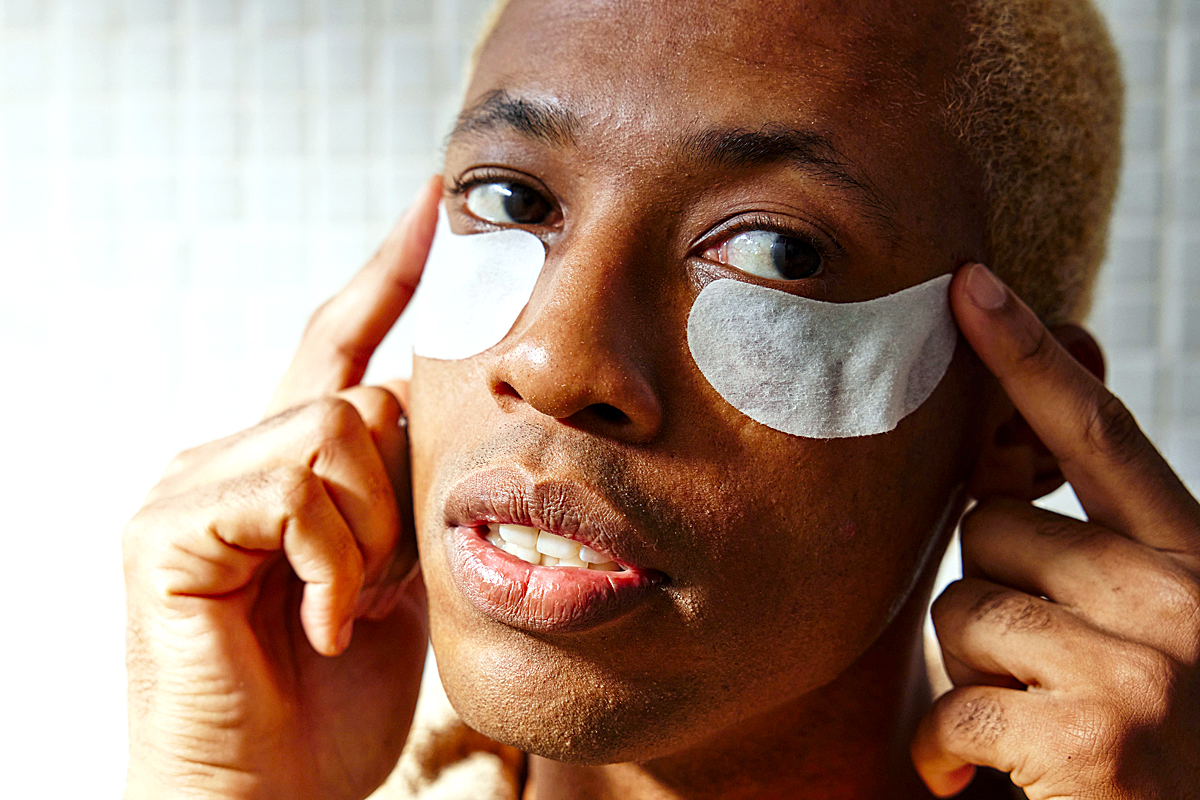


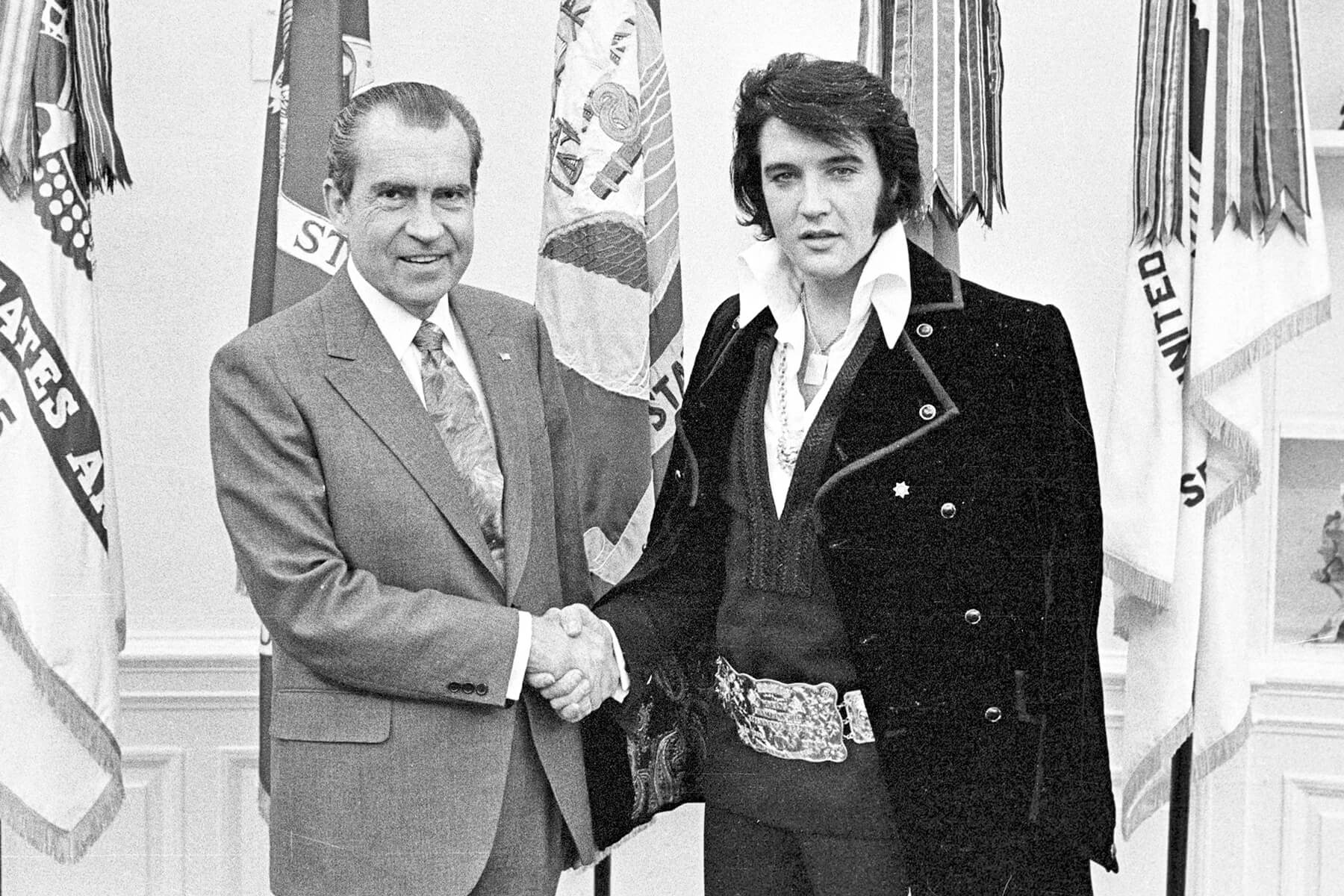
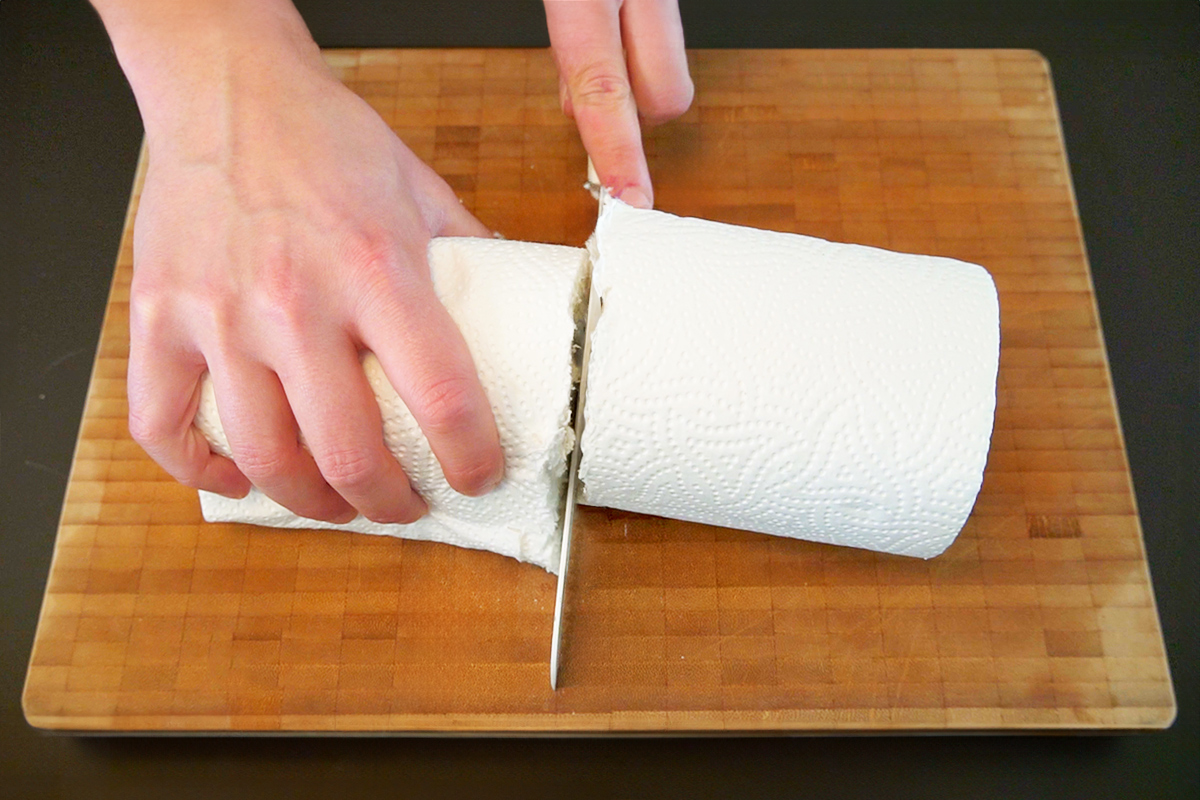




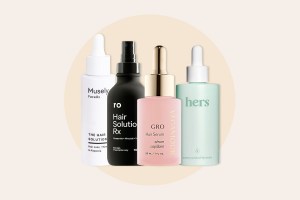
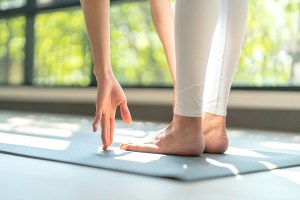
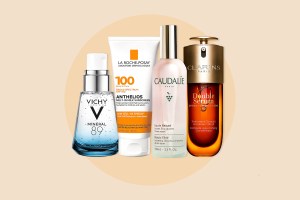

 Unique Beauty is free for all users.
Unique Beauty is free for all users.